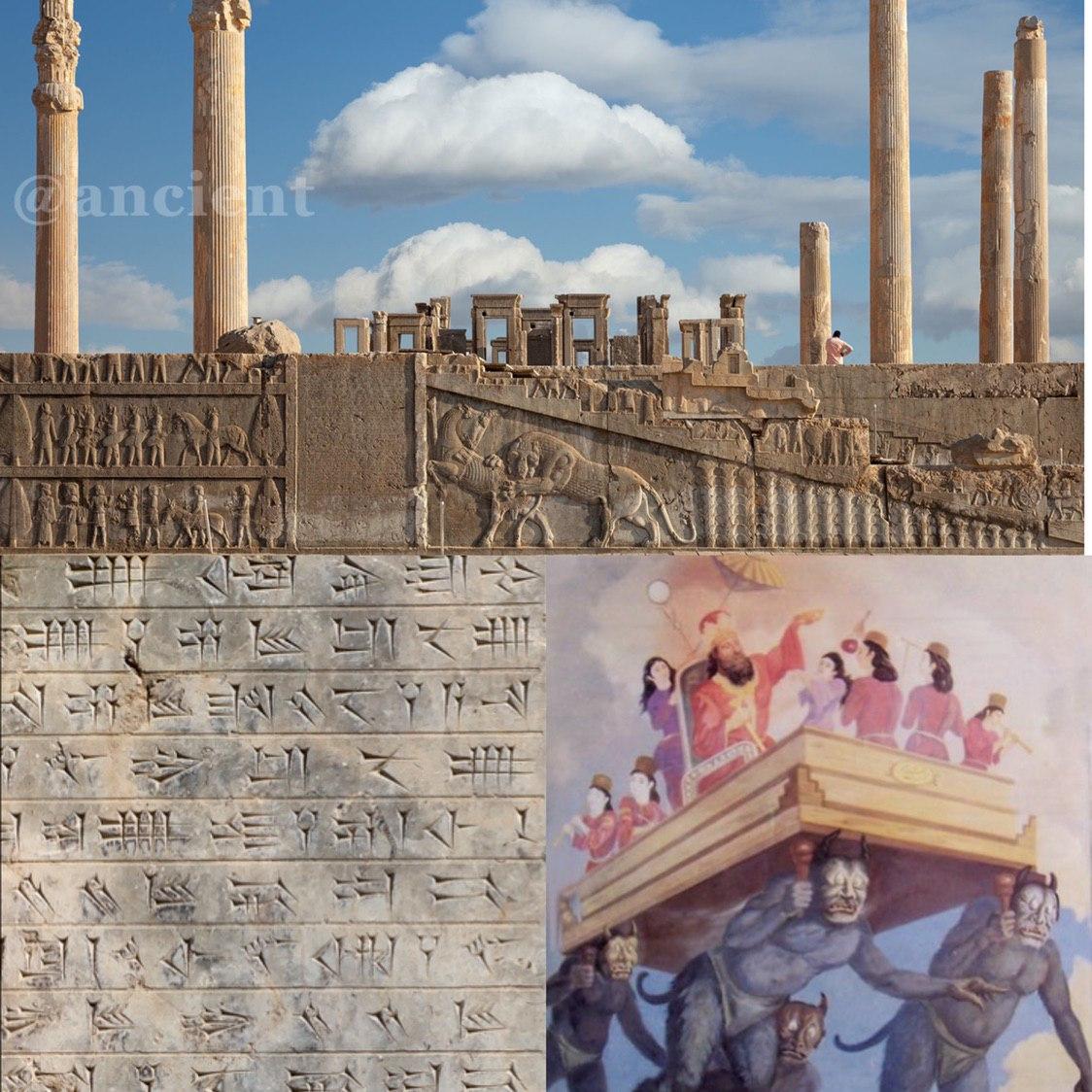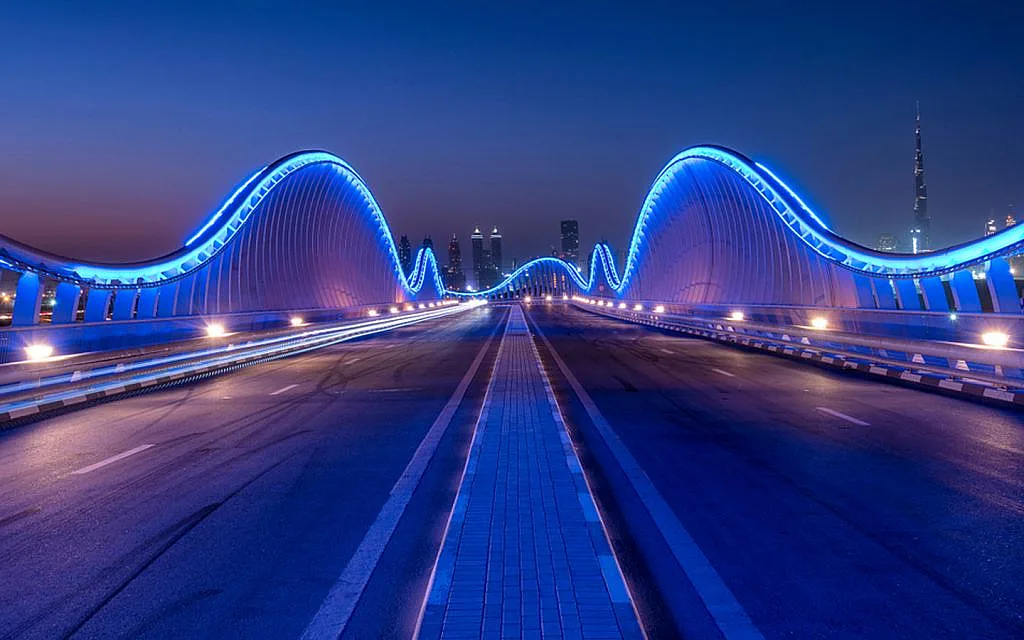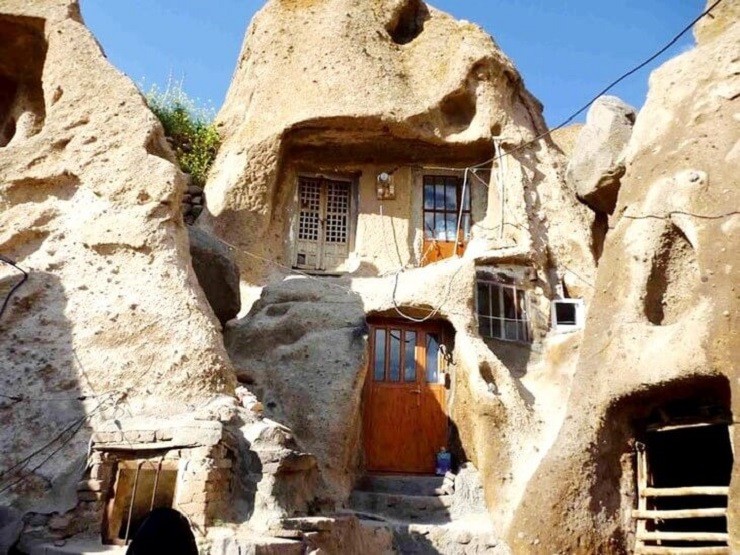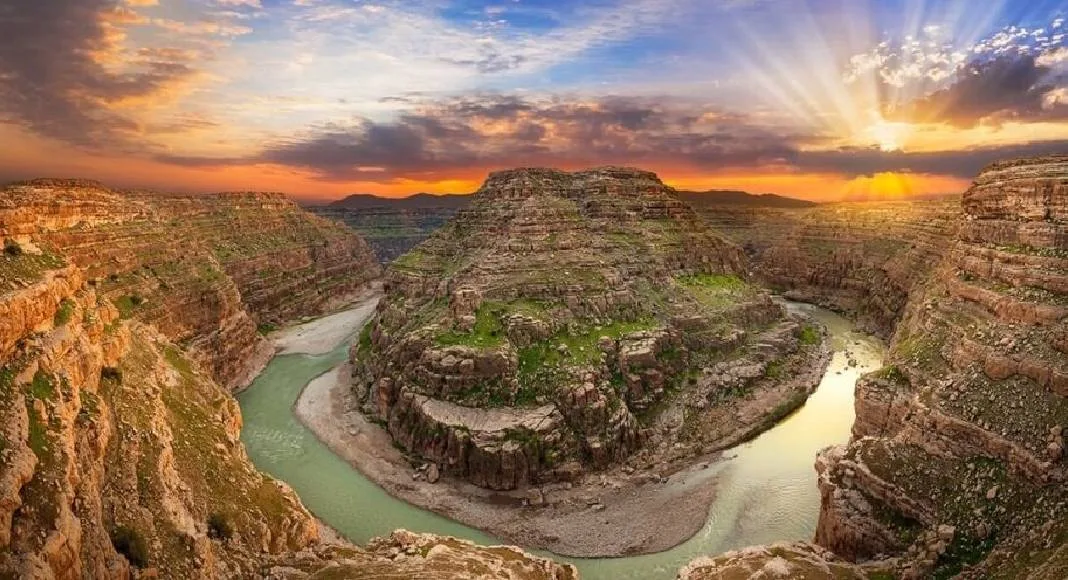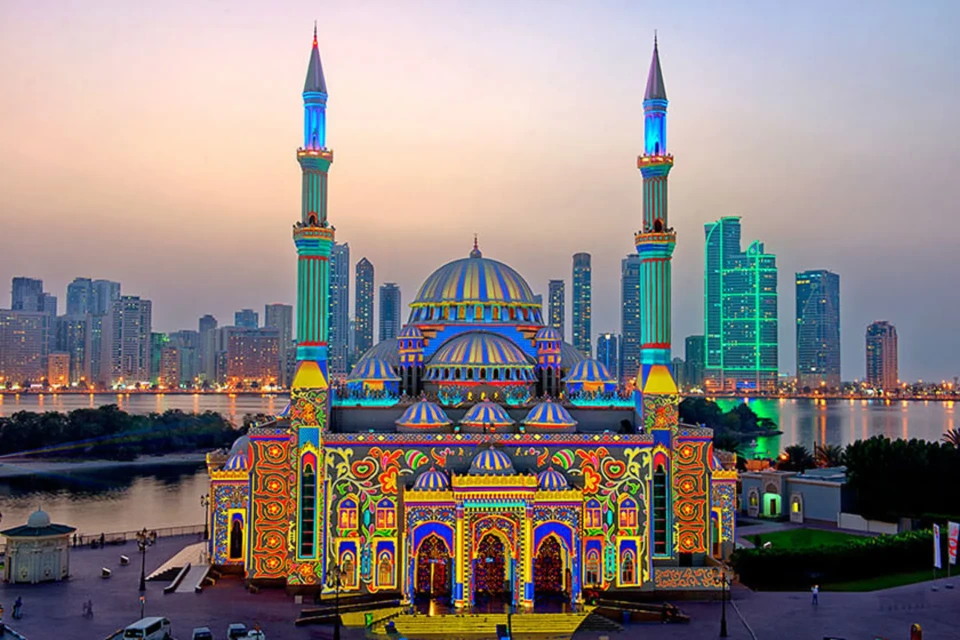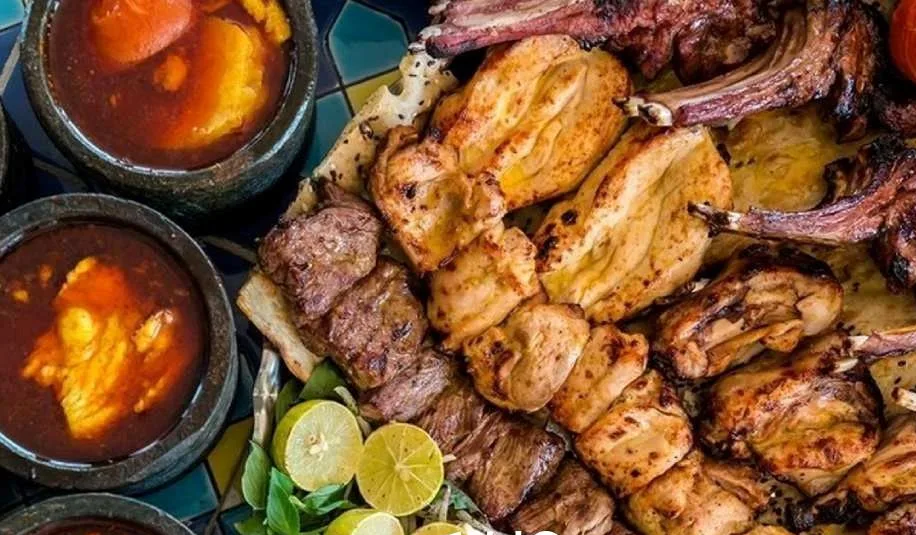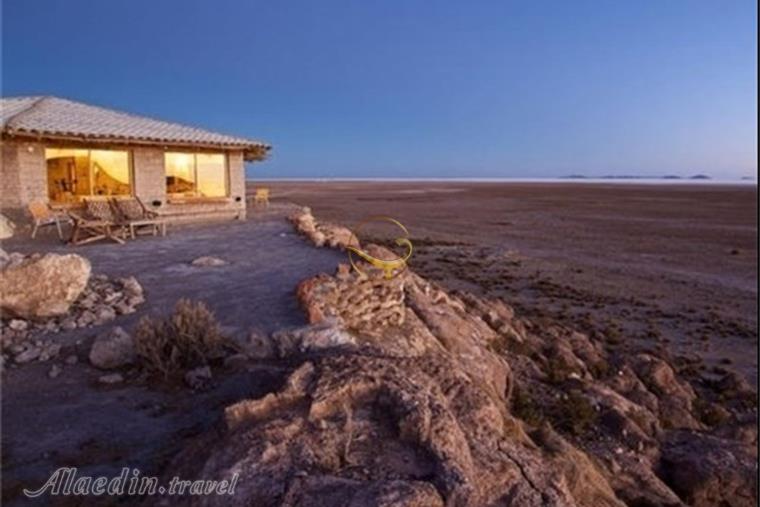How is society and culture in Iran?
Iran, a country with a rich history spanning thousands of years, possesses a diverse and multifaceted society and culture. Here are some key aspects:
Society
Demographics: Iran is home to a population with a mix of ethnic groups, the largest being Persians, followed by Azeris, Kurds, Arabs, Lurs, and others.
Family Values: Traditional family values are significant, with a strong emphasis on familial ties, respect for elders, and extended family support networks.
Religion: The majority of Iranians practice Shia Islam, which significantly influences daily life, social norms, and cultural practices.
Education: Iran has made significant progress in education, with high literacy rates and a growing number of universities and academic institutions.
Culture
Arts and Literature: Iran has a rich tradition of poetry, calligraphy, miniature painting, and a long history of influential literary figures like Rumi, Hafez, and Ferdowsi.
Cuisine: Persian cuisine is diverse and flavorful, featuring dishes like kebabs, stews (such as Ghormeh Sabzi and Fesenjan), and rice-based dishes like Chelo Kebab and Zereshk Polo.
Music and Dance: Iranian music is varied, with classical, folk, and contemporary influences. Traditional Persian dance forms like the graceful and symbolic Persian dance, as well as newer dance styles, are present.
Holidays and Festivals: Celebrations like Nowruz (the Persian New Year), Yalda (celebration of the winter solstice), and religious holidays like Eid al-Fitr and Ashura hold great cultural significance.
Clothing: Traditional clothing includes garments like the chador, hijab, and various regional clothing styles. However, urban areas might showcase a mix of traditional and Western attire.

Socio-Political Factors
Government and Politics: Iran operates as an Islamic Republic, with a Supreme Leader and an elected President. The government’s decisions are influenced by Islamic principles.
Women’s Rights: The status of women in Iran has evolved over time, with more women pursuing education and careers. However, there are still debates and discussions regarding women’s rights and the mandatory hijab law.
Youth Culture: The younger generation in urban areas has embraced modernity, technology, and global trends. They navigate the balance between traditional values and contemporary lifestyles.
Challenges and Progress
Iran experiences challenges, including economic difficulties, political tensions, and social restrictions. However, it also shows resilience, adaptability, and innovation, particularly among its educated and youthful population.
Iran’s society and culture are a dynamic blend of ancient traditions, religious influences, and modern adaptations, offering a complex and fascinating tapestry that continues to evolve.
Architecture and Art
Historical Architecture: Iran is known for its stunning historical sites and architectural marvels, such as Persepolis, the ancient capital of the Achaemenid Empire, and the intricate designs of mosques like the Nasir al-Mulk Mosque.
Contemporary Art: Iranian contemporary art has gained international recognition, with artists exploring various mediums and addressing socio-political themes.
Language and Literature
Language: Persian (Farsi) is the official language of Iran, with a rich literary tradition. Persian poetry, in particular, is highly esteemed for its depth and beauty.
Literary Heritage: Iranian literature is vast, from classical epics like the Shahnameh to modern works by authors such as Sadegh Hedayat and contemporary writers like Marjane Satrapi.
Science, Technology, and Innovation
Education and Research: Iran invests in education and has made significant advancements in science and technology, especially in fields like medicine, engineering, and nanotechnology.
Start-up Culture: In recent years, a burgeoning start-up culture has emerged in Iran, particularly in the tech industry, reflecting a young and innovative generation’s ambitions.
Nature and Landscape:
Diverse Landscapes: Iran boasts diverse landscapes, from deserts like the Dasht-e Kavir and Dasht-e Lut to lush forests in the northern regions and mountain ranges such as the Alborz and Zagros.
Environmental Concerns: The country faces environmental challenges, including water scarcity, desertification, and air pollution, leading to efforts in conservation and sustainability.
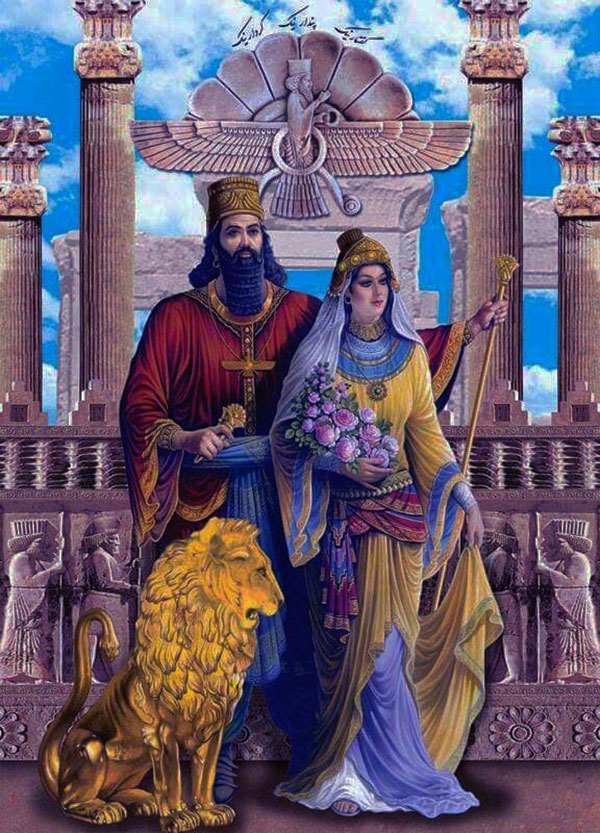
Sports and Recreation
Popular Sports :Football (soccer) is hugely popular in Iran. Wrestling, volleyball, and martial arts like Zurkhaneh (traditional Iranian martial arts) also have a strong following.
Recreational Activities: Iranians enjoy picnics, hiking, and outdoor gatherings, often accompanied by music and traditional games.
Media and Communication
Media Landscape: Iran has a complex media environment, with a mix of state-controlled and independent outlets, as well as a vibrant online presence despite government restrictions on internet access and content.
Diaspora Influence:
Iranian Diaspora: Communities of Iranians living abroad, particularly in countries like the United States, Canada, and European nations, contribute to the preservation and evolution of Iranian culture outside the country.
Iranian society and culture remain a blend of tradition and adaptation, grappling with both internal and external influences while retaining its unique identity and heritage. The interplay of these elements continues to shape Iran’s dynamic cultural landscape.
Religion and Culture
Iran is predominantly a Shia Muslim country, and Islam significantly influences daily life and cultural practices. Religious observance affects social norms, family structure, and individual behavior. Religious celebrations like Ramadan, Eid al-Fitr, and Ashura hold great cultural significance and are observed with various traditions and rituals. Prayer, fasting, and adherence to Islamic principles shape both public and private life.
Women’s Rights and Dress Code
Women’s rights in Iran have evolved over time. While Iranian women have made significant strides in education and careers, they continue to navigate challenges due to societal expectations and legal restrictions. The mandatory hijab law, requiring headscarves in public, is a subject of debate and contention, impacting women’s rights and individual freedoms in the country.
Historical and Cultural Heritage
Iran boasts a rich historical and cultural heritage with landmarks like Persepolis, a testament to the ancient Achaemenid Empire, and a literary tradition that includes renowned poets like Rumi and Hafez. Persian literature and poetry have profoundly influenced global art and literature, celebrated for their depth, symbolism, and beauty.
Socio-Political Factors
The Iranian government functions as an Islamic Republic with an elected President and a Supreme Leader who holds significant power. Ongoing political and social challenges, such as economic difficulties and societal restrictions, impact various aspects of life, including freedom of expression and civil liberties.
Modernization and Global Influence
Iran’s youth, especially in urban areas, are embracing modernity, technology, and global trends, leading to a fusion of traditional values with contemporary lifestyles. The country’s integration of technology is reshaping cultural expressions, and various art forms, including music, literature, and visual arts, continue to evolve in response to changing societal dynamics.
Cuisine, Arts, and Entertainment
Iranian cuisine is diverse and flavorful, featuring dishes like kebabs, stews, and rice-based meals. The arts, including calligraphy, miniature painting, and music, showcase a blend of traditional and contemporary influences. Iranian music is varied, encompassing classical, folk, and modern genres, reflecting the nation’s cultural diversity.
Diaspora and International Relations
Iranian diaspora communities contribute significantly to preserving Iranian culture outside the country, maintaining traditions and customs while integrating with the cultures of their adopted countries. International relations dynamics play a pivotal role in shaping Iran’s socio-political landscape and its global influence.
These aspects collectively contribute to the multifaceted nature of Iranian society and culture, showcasing a rich tapestry of tradition, adaptation, and a complex interplay of historical legacy and contemporary influences.
Conclusion
Iran’s society and culture are deeply influenced by Shia Islam, shaping daily life, family values, and religious celebrations like Ramadan and Ashura. While women have made progress in education and careers, debates persist over the mandatory hijab law. The country boasts a rich historical heritage seen in landmarks like Persepolis and a renowned literary tradition with poets like Rumi and Hafez influencing global art and literature.
The Iranian government functions as an Islamic Republic, facing ongoing challenges including economic difficulties and societal restrictions. Urban youth are embracing modernity and global trends, reshaping traditional values and cultural expressions. Iranian cuisine, arts, and music reflect a diverse and flavorful heritage, while the Iranian diaspora plays a role in preserving cultural identity abroad. International relations impact Iran’s socio-political landscape and global influence. Iran’s society displays a dynamic mix of tradition, adaptation, and a complex interplay between historical legacy and modern influences.

